Welcome to the dazzling universe of Marketing vs. Advertising! ?✨ In the bustling marketplace, these elements dance together, carving out a path for successful businesses. Whether you’re launching a niche perfume brand or building an e-commerce tech empire, understanding the roles and goals of both marketing and advertising is crucial.
Marketing – the grand strategist ?️, mapping out the big picture plan. It identifies the audience, positions the brand, sets the price, and selects the channels to sell the product.
Advertising – the creative megaphone ?, amplifying the brand’s message. It ensures brand visibility, delivers its story, and encourages potential customers to act.
This article delves into the intriguing differences between these two powerhouses. We’ll touch on real-life examples and offer insights from Plerdy’s UX & SEO analysis. Let’s dive in to master the art and science of Marketing vs. Advertising, your brand’s passport to success.
What is Marketing?

Marketing – it’s the lifeblood of every successful business. A strategic symphony of audience research, product positioning, and advertising brilliance. It’s the driver of demand and the architect of customer satisfaction.
Consider a trendy fashion brand launching a new line of sneakers. What does it take to turn that idea into coveted footwear? The answer is as follows:
- Audience Understanding – Crafting a customer persona that informs every other decision. Understanding who the shoes are for, what they desire, and where they hang out digitally.
- Product Positioning – Carving out a unique niche in the sneaker market. It could be sustainability-focused kicks for the eco-conscious consumer or a limited-edition line for sneakerheads.
- Advertising – Catchy campaigns that captivate and convert. It’s more than just billboards and banner ads; it’s social media influencers, partnership promotions, and experiential marketing events.
Marketing is the conductor, guiding these elements to harmonize. It’s not just about selling a product but about telling a story that resonates with your target audience. The businesses that understand this are the ones that thrive in the competitive business landscape.
What is Advertising?

Advertising – it’s the spotlight of marketing, illuminating products and brands and guiding consumers through the crowded marketplace of options. It crafts compelling narratives that make products irresistible, and it does so with precision and creativity.
Let’s imagine an up-and-coming online bookstore. It carries an incredible range of titles and offers speedy delivery. But without advertising, this gem remains hidden in the vast digital landscape. A strategic advertising campaign brings it to life:
- Channel Selection – Pinpointing where the audience spends their time. Maybe it’s Instagram for the millennial bookworm or LinkedIn for the busy professional seeking intellectual growth.
- Narrative Crafting – Building a story that resonates. The convenience of fast delivery, the joy of an expansive selection, the feeling of flipping through a new book.
- Creative Execution – Eye-catching visuals and catchy phrases that make the audience stop scrolling and take notice.
These ingredients of successful advertising are mixed and blended by expert hands. The bookstore comes into view as the adverts roll out – on social media, search engines, and possibly a podcast. Website traffic swells, orders surge, and a once-unknown digital store becomes the go-to place for book lovers. Advertising, therefore, is the siren call that turns obscurity into visibility and potential into reality.
What’s the Difference Between Marketing and Advertising?

Marketing and advertising are inseparable yet distinct, like two sides of the same coin. But how do they differ?
Imagine an innovative coffee shop brewing unique and mouthwatering coffee blends. Marketing is the grand maestro, conducting the overall strategy of making that coffee shop renowned. It involves:
- Market Research – Uncovering who loves coffee, how they drink it, and when they crave it.
- Brand Positioning – Deciding the coffee shop’s unique selling proposition. Maybe it’s sustainably sourced beans or perhaps artisanal brewing methods.
- Pricing Strategy – Setting a price that ensures profitability yet remains appealing to coffee lovers.
- Distribution Channels – Picking the right platforms for sales, whether it’s a cozy brick-and-mortar shop, a mobile app, or an online delivery platform.
Advertising, on the other hand, is a specific tool in the marketing toolkit. The loudspeaker broadcasts the coffee shop’s message to the world. Whether it’s a vibrant billboard or a targeted Instagram ad, advertising is designed to:
- Capture Attention – Crafting visually engaging and emotionally captivating adverts.
- Influence Perceptions – Shaping how consumers think and feel about the coffee shop.
- Drive Actions – Compelling consumers to stop by, order a cup, and indulge in the coffee experience.
In essence, marketing is the overarching plan that guides business decisions. At the same time, advertising is the tactical execution that brings that plan to life. Each plays a critical role, and their combined power turns coffee beans into a booming business.
Which is More Important: Marketing or Advertising?
Marketing versus advertising – which takes the crown? In truth, it’s less a contest and more a symbiotic dance, with each playing a crucial role in successful business growth.
Picture an eco-friendly cleaning brand aiming to clean up the industry. Without marketing, the brand lacks direction. Marketing helps to:
- Identify the Audience – Who values eco-friendly products? Where are they located? What are their buying habits?
- Define the Brand – What makes the brand unique? Is its plant-based ingredients, minimalistic packaging, or a commitment to zero waste?
- Set the Price Point – Balancing the cost of sustainable production with the willingness of consumers to pay a little extra for eco-conscious choices.
Now, envision the same brand but without advertising. Even with the best marketing, the brand becomes a tree falling in the forest – without any advertising to amplify its existence, who’s there to hear it? Advertising ensures that:
- Brand Visibility – The brand stands out in a crowded marketplace.
- Message Delivery – The brand’s unique story reaches the target audience, shared through compelling visuals, creative copy, and strategic placements.
- Action Encouragement – Potential customers are inspired to purchase the product or engage with the brand.
Neither marketing nor advertising can claim superiority. They’re intertwined in the business machine, and advertising propels the brand. Only when they move in unison, they shine. This thriving business captures hearts and wallets alike.
Types of Marketing Strategies
For a marketing strategy to work out well for your business, it must be tailored to your business’s specific needs. Accordingly, below go the types of possible marketing strategies.
Affiliate Marketing
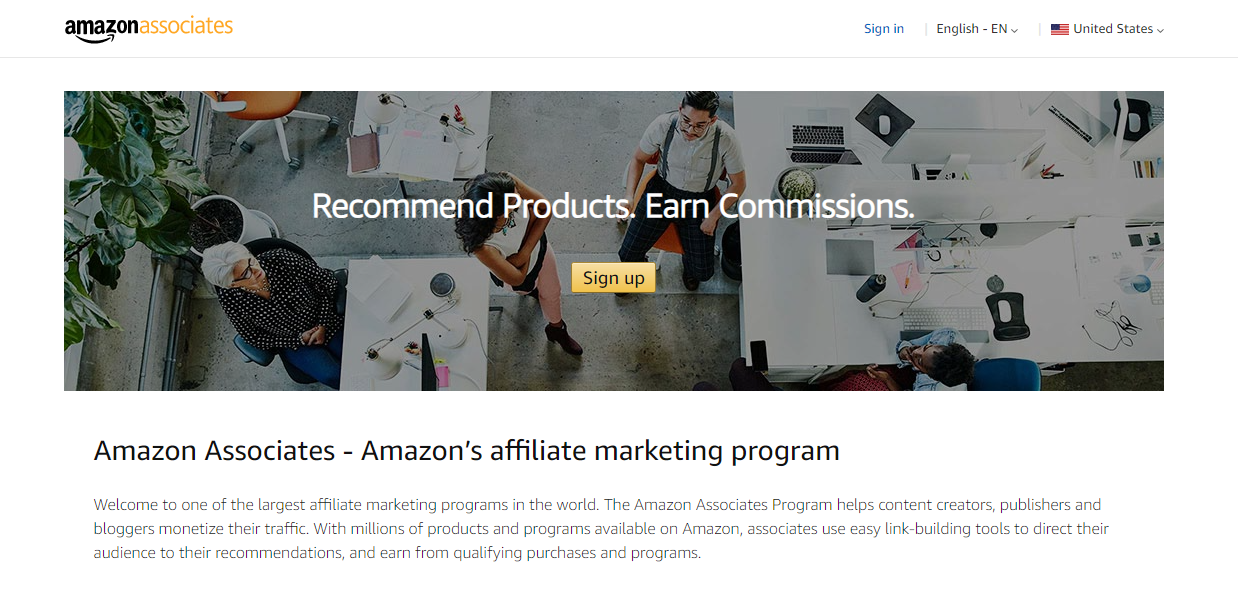
The most effective way to promote: another brand advertises your product or service for a fee. Its advantage is that the cost is directly related to the advertising campaign’s success. In addition, the partner often receives a percentage of each purchase made after the advertisement.
This way of promotion is trendy among influential and successful global brands.
Social Media Marketing
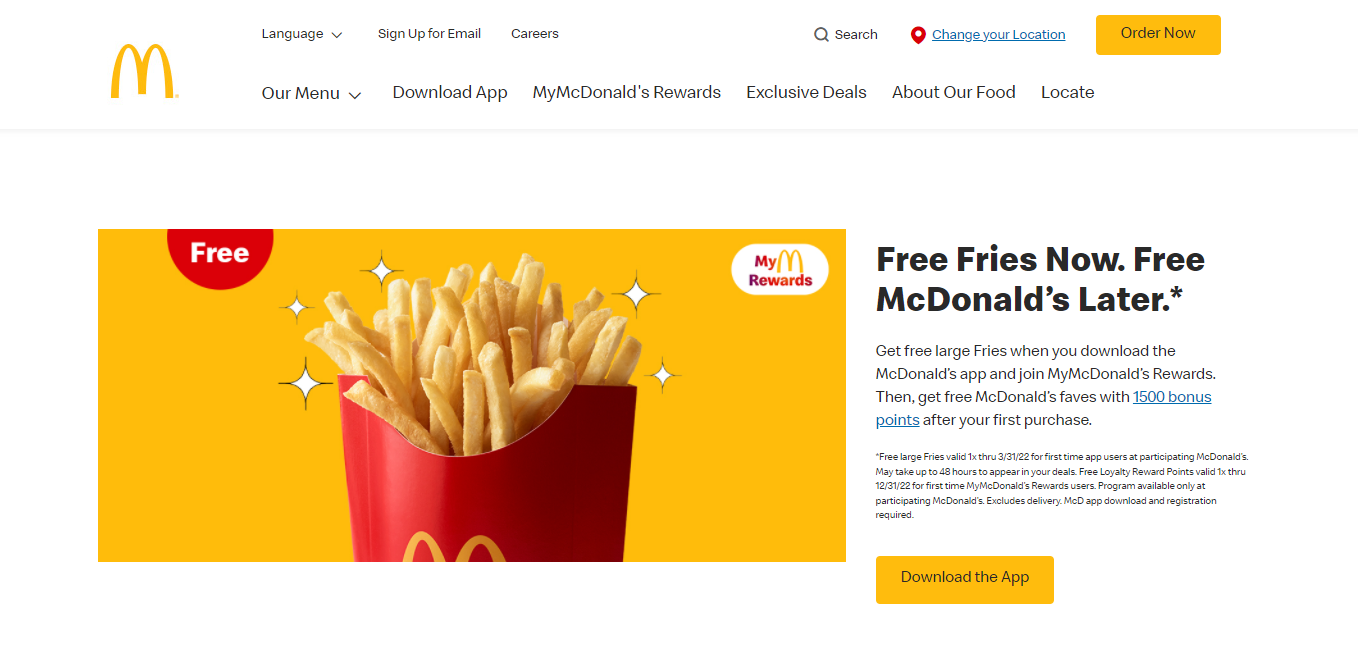
Social media marketing allows brands to better connect with their audience. Different social networks are used – Instagram, Facebook, Twitter, Linkedin – depending on the target audience (age, gender) and preferences.
SMM does not just sell but helps create an original brand image, making it closer to customers.
Content Marketing
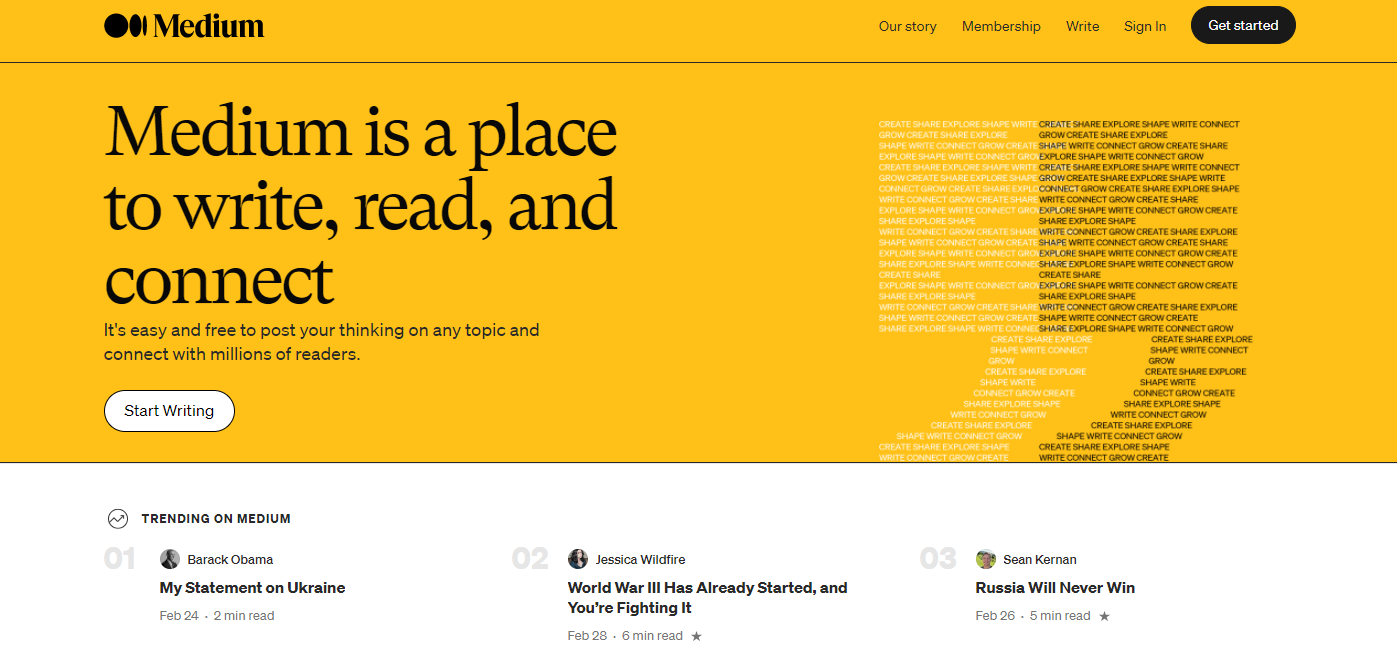
It involves the creation of promotional content: videos, blog posts, articles, podcasts, and more. The peculiarity of the method is its longevity. In addition to direct focus on sales, this type of marketing focuses on the value of a product or service for a client.
As a result, the relationship between the company and the client becomes more trusting – the consumer understands the significance of the acquisition more accurately.
Search Engine Optimization
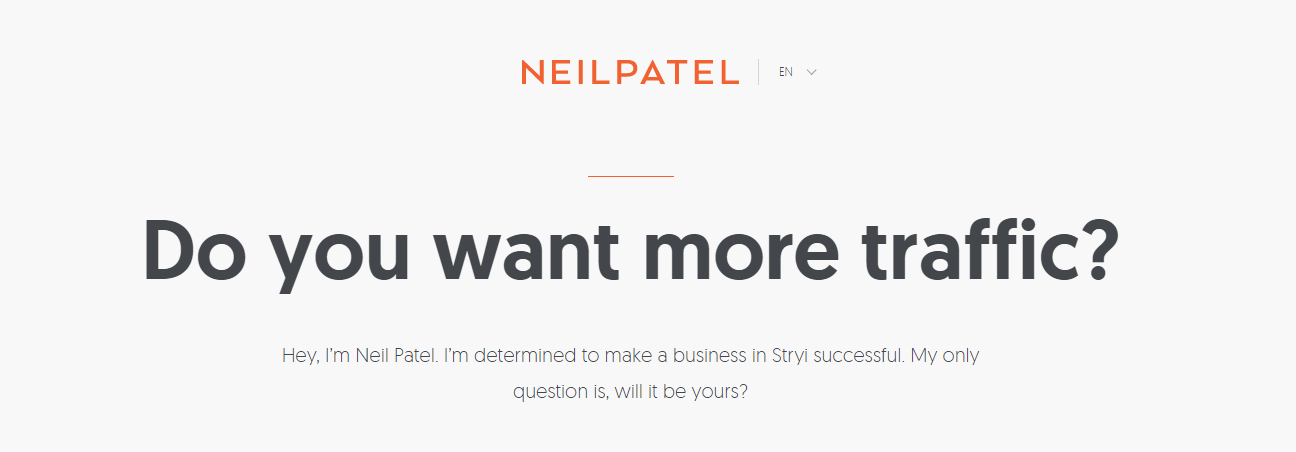
Optimizing a website for ranking in search engines is based on keywords when filling the site. Need on-page and off-page optimization. Thanks to this, the site rises in the positions of Google. More accurate and better optimization – a better ranking and, accordingly, more people will follow the link. Take advantage of wise advice and tips:
Try also using Ahrefs or Semrush to study your competitors.
Email Marketing
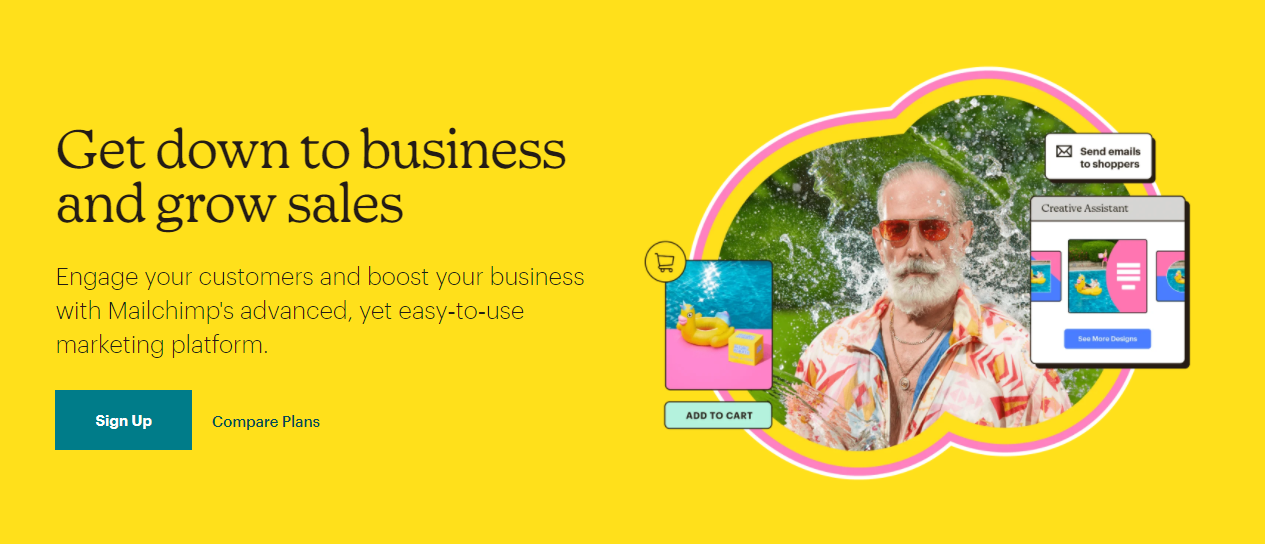
Perhaps this is the best way to connect with leads: promoting goods and services, driving traffic to a website or social networks, stimulating purchases, “warming up” the target audience, and so on.
It is advisable to use an audience subscribed to the mailing list and expects letters.
Influencer Marketing

You engage influencers—popular people whose opinions are heard—to promote your brand in influencer marketing. The audience of this person must wholly or partially correspond to the brand. On mutually beneficial terms, you agree on promotion.
You can easily reach short-term goals and generate immediate sales with a perfectly developed advertising strategy. Choose the type that suits your business needs best.
Types of Advertising Strategies
Advertising, in its turn, also manifests itself in different formats. Here are the popular types of advertising strategies marketers commonly launch.
Print Advertising
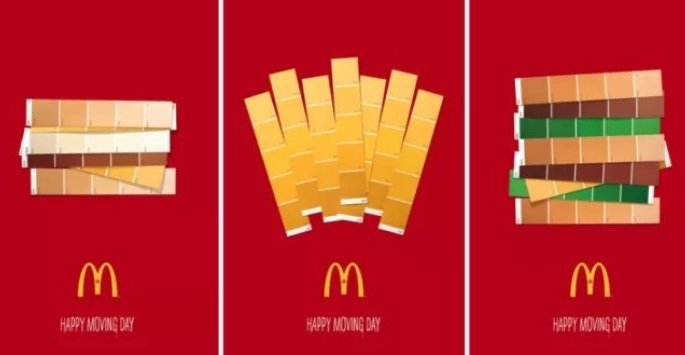
Found in newspapers and other printed paper periodicals. Advertising in glossy magazines, which are of interest to the brand’s target audience, attracts more new customers. Magazines, as a rule, cover one or more topics – this is still a relevant medium for placing targeted promotions.
Display Advertising

This type of ad is all identifiable ads placed on websites, such as video content or pop-up banner ads.
Their main message is to force, provoke, motivate the site visitor to take action. For example, subscribe to news, make a purchase.
Television Advertising

A costly promotion option – especially during prime time. Short stories, usually no more than 60 seconds, are broadcast on television. Of the privileges – an extensive range of audience. As well as an unlimited opportunity to make the video creative, sometimes turning it into a work of art. A practical method of attracting the attention of potential customers – even if the viewer is distracted and does not look at the screen, he hears the scale.
Radio Advertising

The message on the radio is a bright representative of broadcast promotion. The main thing is to choose the right station, the signal received by the target audience, and the time for broadcasting. Promotion features – the listener does not always perceive information well by ear. Remember, you have to play it in ad units more than once – promotion indicators will be higher.
Paid Search Advertising
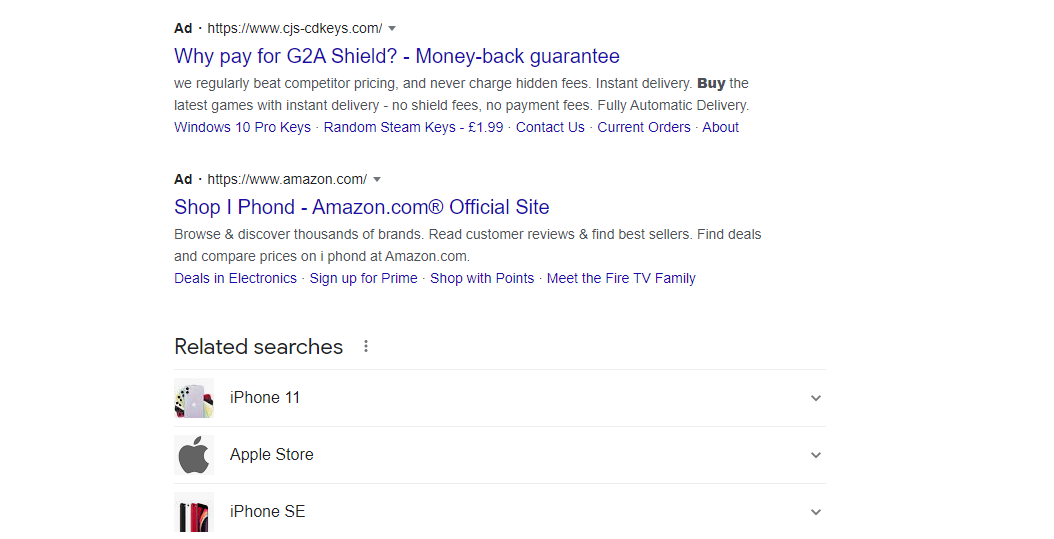
Online advertising is known as pay-per-click PPC. Information is placed in the search engine at the beginning of the page under “advertising.” In this case, keywords for requests from the visitors are analyzed. Benefit: You pay when customers visit your site.
Public Service Advertising
Advertising aims to promote an initiative or essential information, not goods or services. They are often needed by charitable, volunteer, public, or civil organizations. In particular, these are social videos about the importance of vaccination or warning about disease outbreaks.
You can easily reach short-term goals and generate immediate sales with a perfectly developed advertising strategy. Choose the type that suits your business needs best.
Advertising Case Studies
To illustrate to you what an advertising campaign means, I suggest viewing a few case studies.
Coconut Collab Advertising Campaign
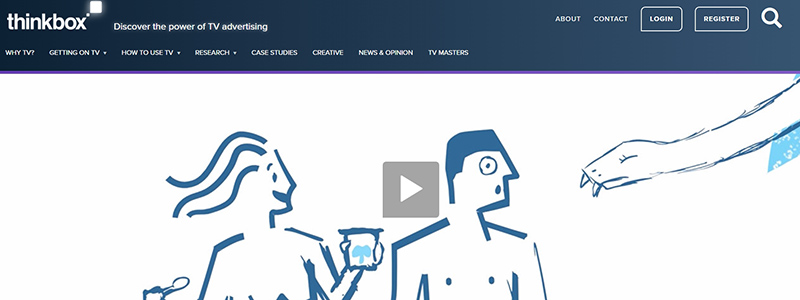
The advertising campaign “Free from Dairy, but not Temptation” was developed for The Coconut Collab. The company is involved in the food industry, FMCG segment. The campaign aimed at increasing brand awareness and purchase intent to drive sales volume growth and recruit new shoppers. Yonder Media implemented it via linear TV, BVOD, and AdSmart applying the Nectar and Mosaic targeting on ABC1 adults
data. As a result, The Coconut Collab grew its sales and customer numbers by more than twice the category average.
McDonald’s Corporation Advertising Campaign
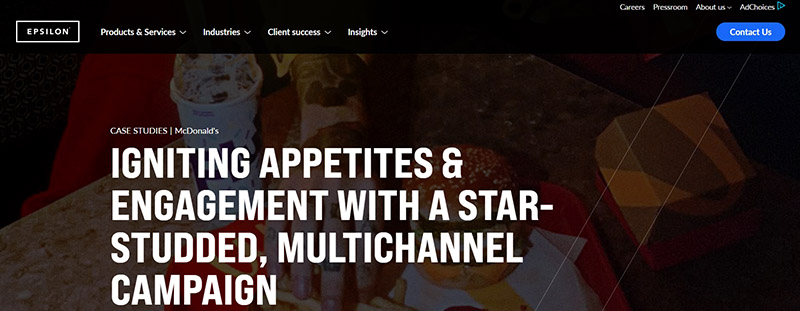
The leading global foodservice retailer McDonald’s Corporation aimed to ignite buyers’ appetites and engagement. Driven by the idea that everyone has a McDonald’s order, no matter how big or famous they are, McDonald’s launched their Famous Orders campaign. The email and push notification channels for Famous Orders were managed by Epsilon. They created personalized experiences for each phase of the campaign that resulted in a 20% average open email rate and an almost 50% increase in new customers.
L’Occitane Advertising Campaign

L’Occitane – a French luxury retailer of body, face, hair, fragrances, and home products. In order to increase revenue by boosting all their customer engagement, they turned to Epsilon for their Digital Media Solutions and Retail Media Network. They realized the following:
- Personalized messaging to reactivate lapsed customers (resulted in 5.6 million unique lapsed customers, $3 million revenue).
- Leveraging hit holiday-themed products to acquire new and retain existing customers (resulted in 1.9 million unique individuals using 92 holiday-themed SKUs with a ROAS of $21:1).
Thus, the beauty brand launched a successful acquisition, reactivation and retention campaign.
The three cases described above are perfect examples of successful advertising campaigns.
Marketing Case Studies
In this section, I am illustrating to you successful marketing campaigns which have brought the desired results. So, let’s study the following marketing cases:
Marketing Strategy for Swim University
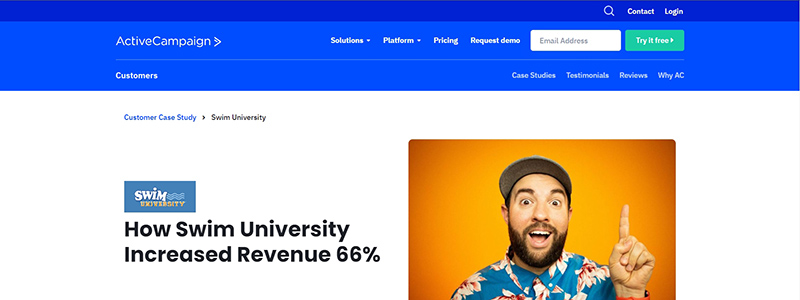
Swim University was founded by pool care expert Matt Giovanisci. He aimed at helping people take better care of their pools and hot tub via his successful blog and YouTube channel but faced threats to his revenues. ActiveCampaign helped Swim University to build a new business model through email automation. As a result of their email marketing campaign, the company reached a 66% increase in revenue, and the number of subscribers grew up to 15K.
Marketing Strategy for ArTea
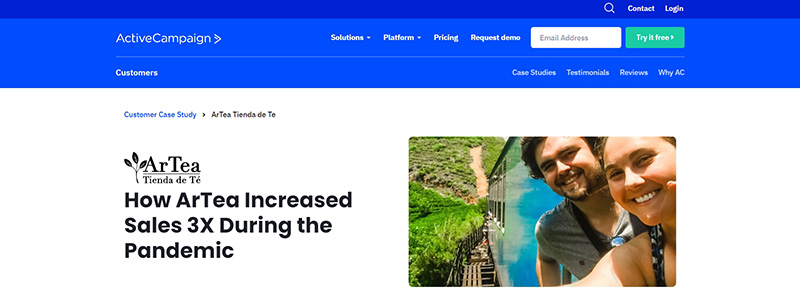
ArTea – an eCommerce family business of Dominique Blechman and Gabriel Moreno. Starting as a simple web domain for a tea shop, ArTea is now a thriving business selling tea to both consumers and wholesalers throughout Chile. With time, they faced difficulties with email marketing as their emails were often marked as spam received from an untrustworthy source. Next, they started losing customers and revenue. Dominique and Gabriel turned to ActiveCampaign for the solution. As the result of their marketing strategy, ActiveCampaign:
- Improved ArTea’s deliverability;
- Saved the founders’ time with automation;
- Increased revenue by 300% in the first year;
- Reached 70% open email rate with the first automation;
- Multiplied contacts by 5 times in the first two years.
The founders highlight they now can send personalized, though automated, messages to their customers in a scalable way thanks to the ActiveCampaign automations and CRM.
Marketing Strategy for Caspian Studios
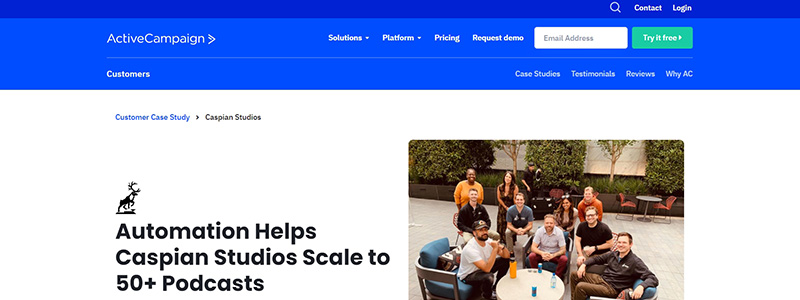
Ian Faison founded the Podcast as a Service company “Caspian Studios” in 2020. While his business was growing, his team had many communities to interact with when creating and managing their podcasts regularly. He turned to ActiveCampaign for help when he realized his team needed an efficient marketing solution to ease the email marketing part. This was when he returned to ActiveCampaign. To quickly scale Caspian Studios’ marketing campaigns, they introduced templates which, in the end, saved them 100+ hours. With a full ActiveCampaign tech stack in the cloud and automation, Caspian Studios scaled to 50+ podcasts.
That’s it for the case studies samples. I hope I’ve provided enough to help you understand the difference between marketing and advertising.
That’s it for the case studies samples. I hope I’ve provided enough to help you understand the difference between marketing and advertising.
Bottom Line about Marketing vs. Advertising
Bringing our exploration to a close, it’s crystal clear that marketing and advertising, despite their differences, share a common purpose – to amplify your brand and attract your target audience.?
As the holistic strategy, marketing lays the foundation – your degree in understanding your customer and tailoring your brand accordingly. Its steps include segmentation, targeting, and positioning, serving as your business compass. The associate charts your company’s direction, akin to a guiding star in your journey.
Conversely, advertising is the high-powered megaphone that brings your brand’s message to the masses. It’s the creative tool in your arsenal, the catchy billboard on a busy highway, or the attention-grabbing ad on a popular website.
It’s important to keep track of your marketing and advertising activities for performance purposes, and Plerdy tools provide the ideal solution. Plerdy’s suite – offering heatmap technology, SEO-checker, and more – helps monitor user behavior on your site, offering valuable insights that drive effective decision-making.
When it comes to the debate between marketing and advertising:
- Marketing acts as your strategic compass ?
- Advertising plays the role of your creative megaphone ?
Both are essential gears in the mechanism of a successful business. Choose not to pit them against each other but leverage their unique strengths. With Plerdy’s smart tools, you can easily track, analyze, and manage these efforts, ensuring you reap maximum benefits from your investments. ⚡
Remember, marketing sets the direction, advertising paves the path, and with Plerdy, you’re sure to stay the course. ⚡
